Results
-
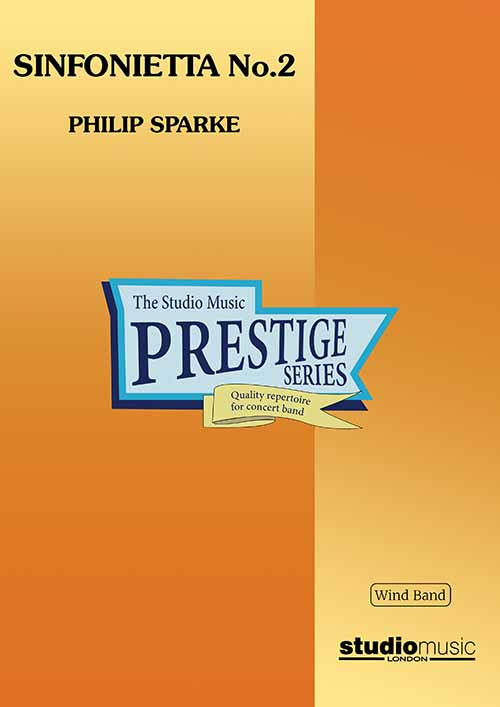 £32.95
£32.95Sinfonietta No.2 (Concert Band - Score only) - Sparke, Philip
Commissioned by the National Youth Orchestra of Great Britain and first performed by them on 6th August 1992.1. Overture: VivaceA bustling opening movement in sonata form. After an introduction in which a syncopated theme is tossed around the band, the first subject proper gives way to a more legato second theme. A scherzando bridge passage leads to the recapitulation.2. Serenade: Lento ExpressivoA short introduction leads to a sonorous theme from the middle of the band. A slightly more rhythmic central 5/8 section leads to a short cadenza-like duet for two alto saxes which reintroduces the opening of the movement.3. Finale: Molto VivaceA fast and furious finale which fails to settle long enough for a real theme to develop as motivic ideas are thrown from player to player. Eventually a violently syncopated tune emerges from the middle of the band but this is interrupted by a reflective interlude. In time the faster music returns and the movement hurtles to a close.Duration: 16.10Recorded on QPRM124D MIGHTY VOICE, Great British Music for Wind Band Vol.3
Estimated dispatch 7-14 working days
-
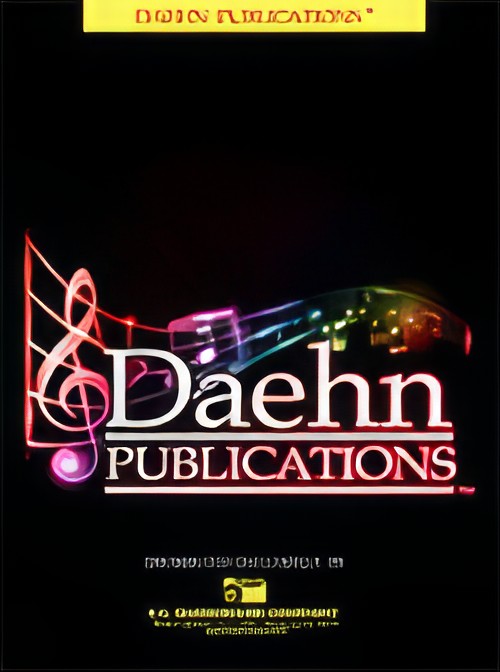 £60.00
£60.00Derbyshire Cavalry Marches (Concert Band - Score and Parts) - Haydn, Joseph - Hash & Walters
Haydn wrote these marches during his second trip to London in 1794-95. The original autograph is titled "Two Marches Composed by J. Haydn for Sir Henry Harpur... to the Volunteer Cavalry of Derbyshire, embodied in the year 1794". Scored for the typical military band of the time, the instrumentation included a trumpet, two horns, two clarinet, two bassoons and a serpent (a curved bass instrument played with a cupped mouthpiece). Percussion parts would have been added by the regimental drum major and played by soldiers, not regular musicians. Due to a lack of printed marching books at the time, selection had to be short to facilitate easier memorisation. In this arrangement for modern concert band, the marches have been transposed from the original keys to Bb and F Major. Percussion parts have also been added by the arrangers and can be used at the director's discretion. Though these marches have been scored with the intermediate level band in mind, the integrity of the originals have been maintained, making them of interest to musicians and music students alike, at all levels.
Estimated dispatch 7-14 working days
-
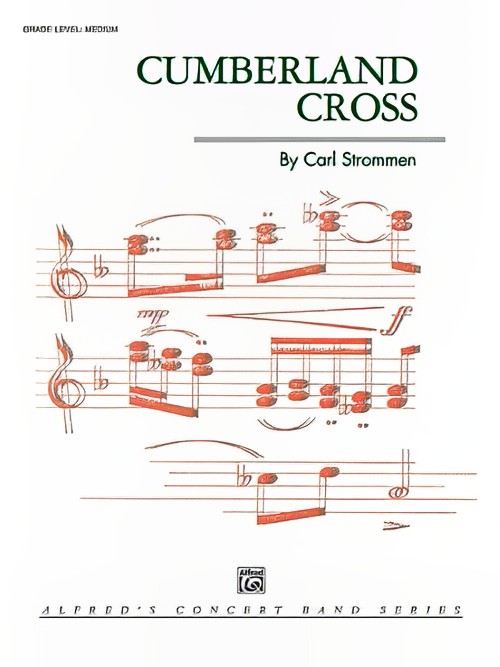 £66.95
£66.95Cumberland Cross (Concert Band - Score and Parts) - Strommen, Carl
You'll really get a nice sound with this one! Carl's original work explores the rich American folk style in two sections. The first has broad, moving harmonies under a Shenandoah-like melody, and the second a lively dance reminiscent of Copland. Cumberland Cross is not too difficult, yet very impressive!Duration: 3.30
Estimated dispatch 7-14 working days
-
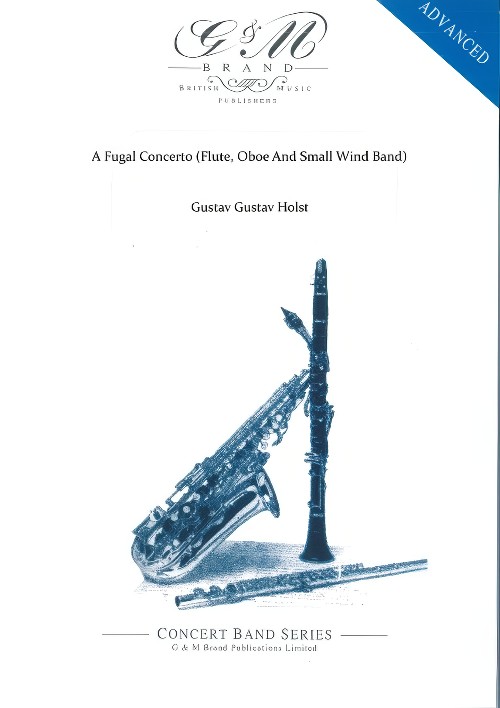 £84.95
£84.95A Fugal Concerto (Flute, Oboe And Small Wind Band) (Concert Band - Score and Parts) - Holst, Gustav - Brand, Geoffrey
This work was originally written for flute, oboe (or two violins) and String Orchestra in 1923. This arrangement was premiered by the Stockholm Symphonic Winds in September 1993, conducted by the arranger. The style of A Fugal Concerto is very much neo-classical - all the rage at the time, although whether Holst had heard Stravinsky's examples is not known. In so far as the work is fugal, the adjective applies more to the texture than the form, although the second movement is canonic. The contrapuntal texture is not straightforward as phrases are displaced across barlines and cross rhythms are a feature. Nothing is allowed to settle until the folk tune is introduced toward the end. Yet, within this musical web, fascinating patterns and cross references reveal themselves.
Estimated dispatch 7-14 working days
-
 £16.95
£16.95A Fugal Concerto (Flute, Oboe And Small Wind Band) (Concert Band - Score Only) - Holst, Gustav - Brand, Geoffrey
This work was originally written for flute, oboe (or two violins) and String Orchestra in 1923. This arrangement was premiered by the Stockholm Symphonic Winds in September 1993, conducted by the arranger. The style of A Fugal Concerto is very much neo-classical - all the rage at the time, although whether Holst had heard Stravinsky's examples is not known. In so far as the work is fugal, the adjective applies more to the texture than the form, although the second movement is canonic. The contrapuntal texture is not straightforward as phrases are displaced across barlines and cross rhythms are a feature. Nothing is allowed to settle until the folk tune is introduced toward the end. Yet, within this musical web, fascinating patterns and cross references reveal themselves.
Estimated dispatch 7-14 working days
-
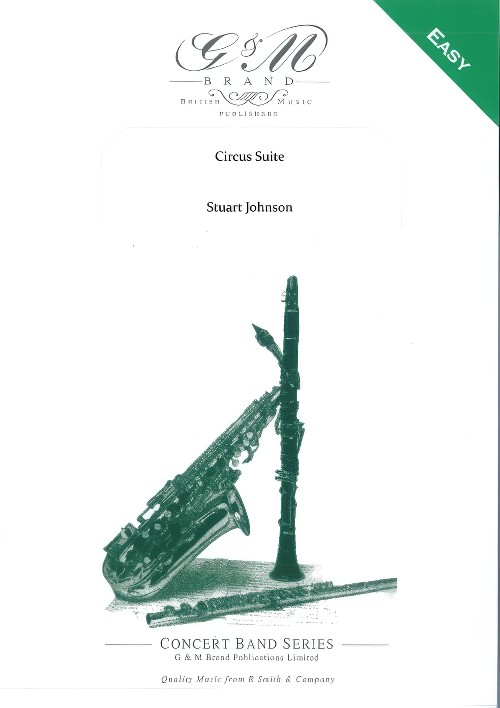 £74.95
£74.95Circus Suite (Concert Band - Score and Parts) - Johnson, Stuart
All the excitement of the Big Top is contained within four short movements, but the safety net is well in place in the shape of ample cross-cuing. This is longer than the average "easy" piece and slightly more difficult, presenting a real musical challenge, but the minimal necessary instrumentation still applies, and of course Johnson, Stuart's superb scoring ensures its effectiveness. The second movement features the tuba, and the third movement features alto saxophone (cued into horn).
Estimated dispatch 7-14 working days
-
 £14.95
£14.95Circus Suite (Concert Band - Score Only) - Johnson, Stuart
All the excitement of the Big Top is contained within four short movements, but the safety net is well in place in the shape of ample cross-cuing. This is longer than the average "easy" piece and slightly more difficult, presenting a real musical challenge, but the minimal necessary instrumentation still applies, and of course Johnson, Stuart's superb scoring ensures its effectiveness. The second movement features the tuba, and the third movement features alto saxophone (cued into horn).
Estimated dispatch 7-14 working days
-
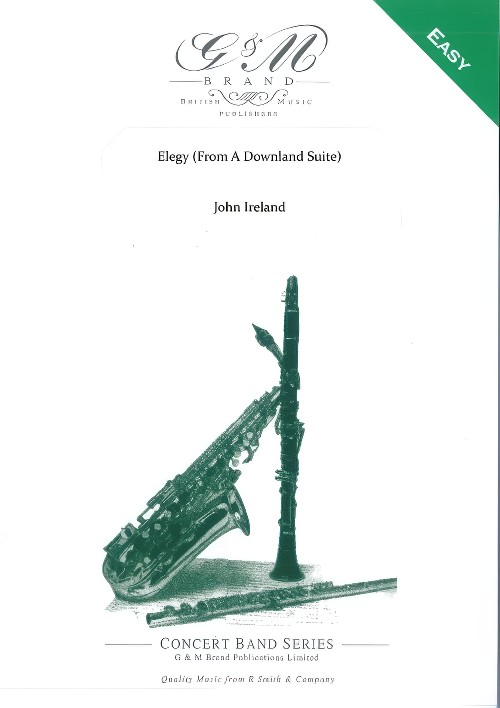 £49.95
£49.95Elegy (From A Downland Suite) (Concert Band - Score and Parts) - Ireland, John - Steadman-Allen, Ray
Even if your young group cannot yet reach the entire Downland Suite, you can let them sample the beautiful second movement in a specially simple transcription. Superficially easy, it requires total control to realise, but there can be no finer exercise for young players.
Estimated dispatch 7-14 working days
-
 £9.95
£9.95Elegy (From A Downland Suite) (Concert Band - Score Only) - Ireland, John - Steadman-Allen, Ray
Even if your young group cannot yet reach the entire Downland Suite, you can let them sample the beautiful second movement in a specially simple transcription. Superficially easy, it requires total control to realise, but there can be no finer exercise for young players.
Estimated dispatch 7-14 working days
-
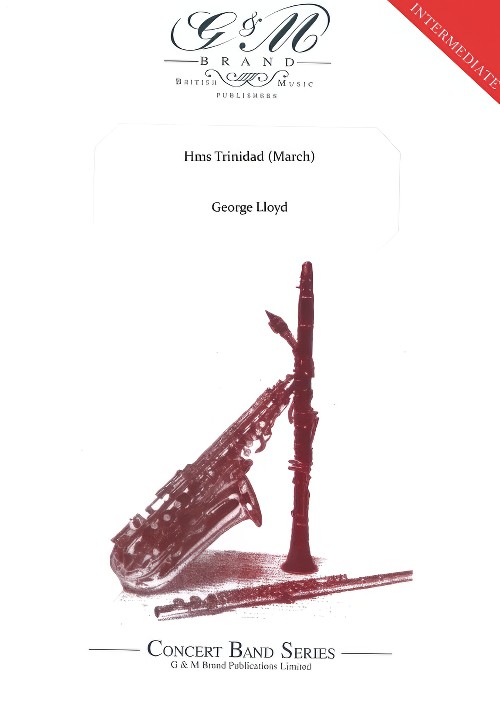 £59.95
£59.95Hms Trinidad (March) (Concert Band - Score and Parts) - Lloyd, George
The HMS Trinidad March was composed for the ship on which Lloyd served during the Second World War and became, in his words, 'the official ship's march'. It was first performed at sea in 1941 by the Royal Marine Band conducted by the composer.?
Estimated dispatch 7-14 working days
